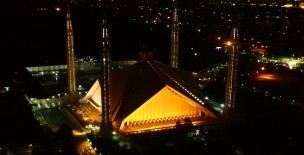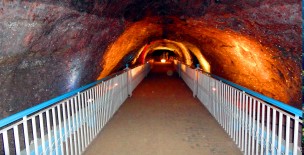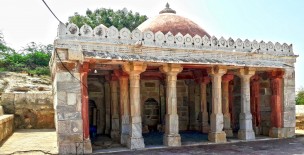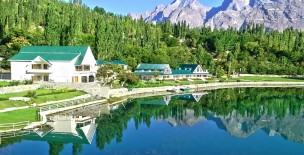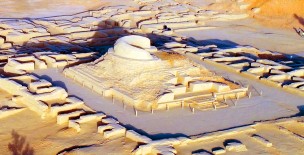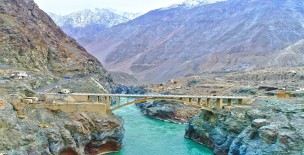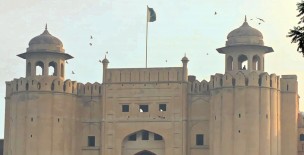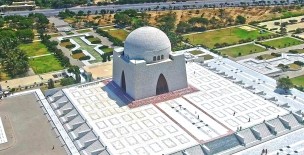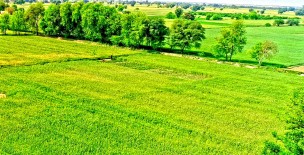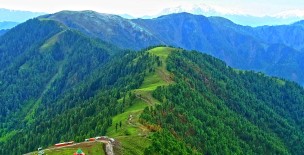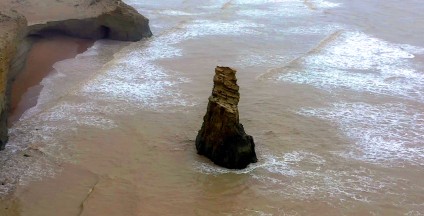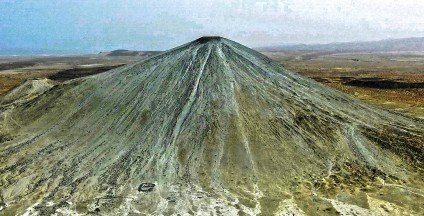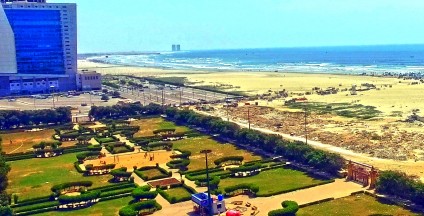The Shah Jahan Mosque, also known as the Jamia Masjid of Thatta, is a 17th-century building that serves as the central mosque for the city of Thatta, Sindh.
The mosque is considered to have the most elaborate display of tile work in South Asia and is also notable for its geometric brick work - a decorative element that is unusual for Mughal-period mosques.
It was built during the reign of Mughal emperor Shah Jahan, who bestowed it to the city as a token of gratitude, and is heavily influenced by Central Asian architecture - a reflection of Shah Jahan's campaigns near Samarkand shortly before the mosque was designed.
Shah Jahan sought refuge in Thatta from his father Emperor Jahangir after he had rebelled against his father.
Shah Jahan was impressed by the hospitality he received by the Sindhi people and ordered construction of the mosque as a token of gratitude.
Construction of the mosque may have also been partially motivate by a desire to help alleviate the effects of a devastating storm that impacted the region in 1637 and which had nearly destroyed Thatta.
Shah Jahan's campaigns in Central Asia during this era influenced the mosque's architectural style, as Timurid influences were introduced into the Mughal Empire as his armies pressed towards Samarkand, in modern-day Uzbekistan.
Despite the fact that the Emperor was not in the region during its construction and so was unlikely directly involved in its construction, its profuse tile-work and intricate brick work indicate that it was funded by the Mughal's imperial coffers.
Restoration works were carried out by Emperor Aurangzeb in 1692, as well as by Murad Ali Khan Talpur in 1812.
The mosque was inscribed on the tentative UNESCO World Heritage list in 1993, but has not been conserved to the same high standards as the Wazir Khan Mosque or Badshahi Mosque in northern Pakistan.

